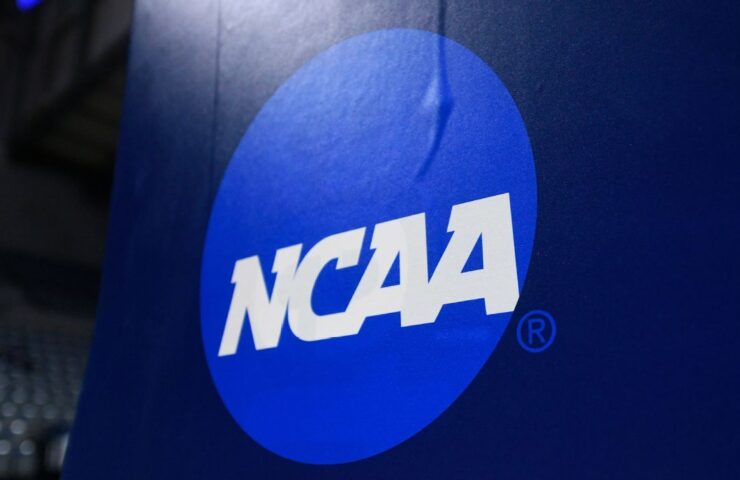
New transfer rule permits instant eligibility
-
Heather Dinich, ESPN
- Elder WriterApr 17, 2024, 03:28 PM ET Close College football
- reporter Signed up with ESPN.com in 2007
- Graduate of Indiana University
A brand-new NCAA transfer guideline will permit all undergraduate professional athletes to transfer and play right away if they fulfill specific scholastic requirements, as the Department I Council on Wednesday authorized emergency situation legislation announced by the NCAA.The decision isn’t final till the meetings end on Thursday, and the guideline still needs to be officially approved by the NCAA’s executive board Monday, however that is anticipated to be a rule. The guideline will provide instantly eligibility to any athletes who have moved during the 2023-24 scholastic year, consisting of the football players who entered the transfer portal Tuesday and during this window– as long as they are academically eligible and meeting progress-towards-degree requirements at their new school.The legislation
will not limit the number of times an athlete can move– and there are still 2 transfer windows– however they can’t move midyear and play for a second school in the very same season. Although the new rule is tied to scholastic progress, some in college athletics have actually expressed concern about the long-lasting ramifications for graduation rates.Editor’s Picks 1 Related”Among the questions we have to ask ourselves is, at what point does the degree still matter?”Oregon coach Dan Lanning told ESPN in a recent interview.”I believe it’s going to make it harder and harder if guys end up being multiyear transfer guys for them to really have a college degree. If you finish, there’s a lot of times it makes sense– modification schools as often times as you desire– if you finish. However on the very same note, if someone’s altering schools three times, I’m wondering what their development towards a degree really appears like. I think that’s something everybody must most likely have some awareness of. “Formerly, the NCAA’s one-time transfer guideline enabled athletes to play instantly at the first school they transferred to however they then needed to remain a year if they transferred again– or use to the NCAA for a waiver to contend immediately.In December, the NCAA proposed this policy in response to a West Virginia judge’s ruling planned to stop the company from implementing its law barring athletes from moving several times and playing right method. The NCAA agreed to terms on a preliminary injunction that runs through at least the end of the academic year.In January, the U.S. Department of Justice joined the claim against the NCAA’s transfer rules, a suit that argues that the restrictions on transfers breach antitrust law.According to the changed grievance for injunctive relief, submitted in
January, the NCAA’s transfer bylaw”unjustifiably restrains the ability of these college athletes to engage in the market for their labor as NCAA Department I college athletes
.”College football’s 15-day transfer window is open, and players have until April 30 to enter the website. They do not need to find their new schools by then– and they can choose to remain with their existing team– but they have 15 days to choose whether they wish to move.”With these guideline changes, NCAA members continue to prioritize long-term academic success for college professional athletes who move, while supporting their opportunity to contend right away,” said Lynda Tealer, Florida’s deputy athletics director and chair of the council.”We hope that this practical method to move eligibility requirements will motivate student-athletes to make well-informed choices about moving and the impacts such a move might have on their ability to graduate on time in their degree of choice, especially as it relates to transferable credits.”The DI Council also moved on legislation that would enable schools to be more actively associated with securing sponsorship deals for their professional athletes. Schools could still not directly pay professional athletes, but they could help with NIL chances between third parties and professional athletes.
